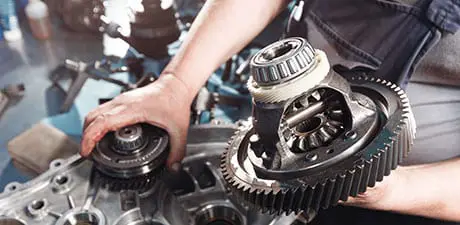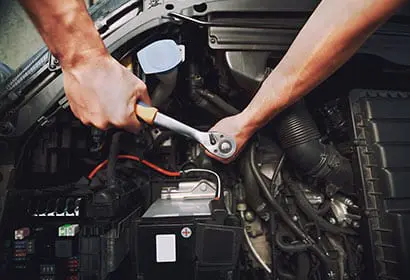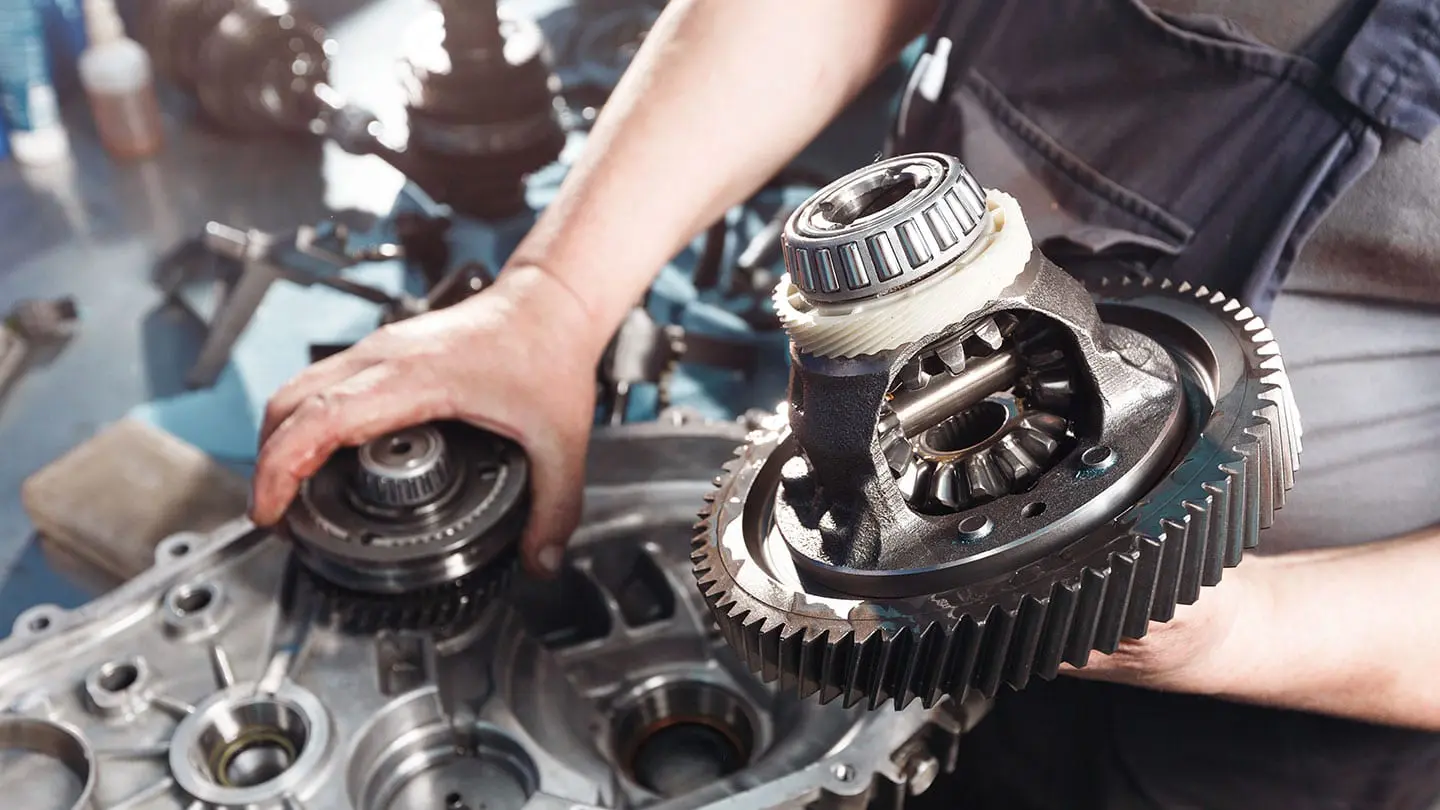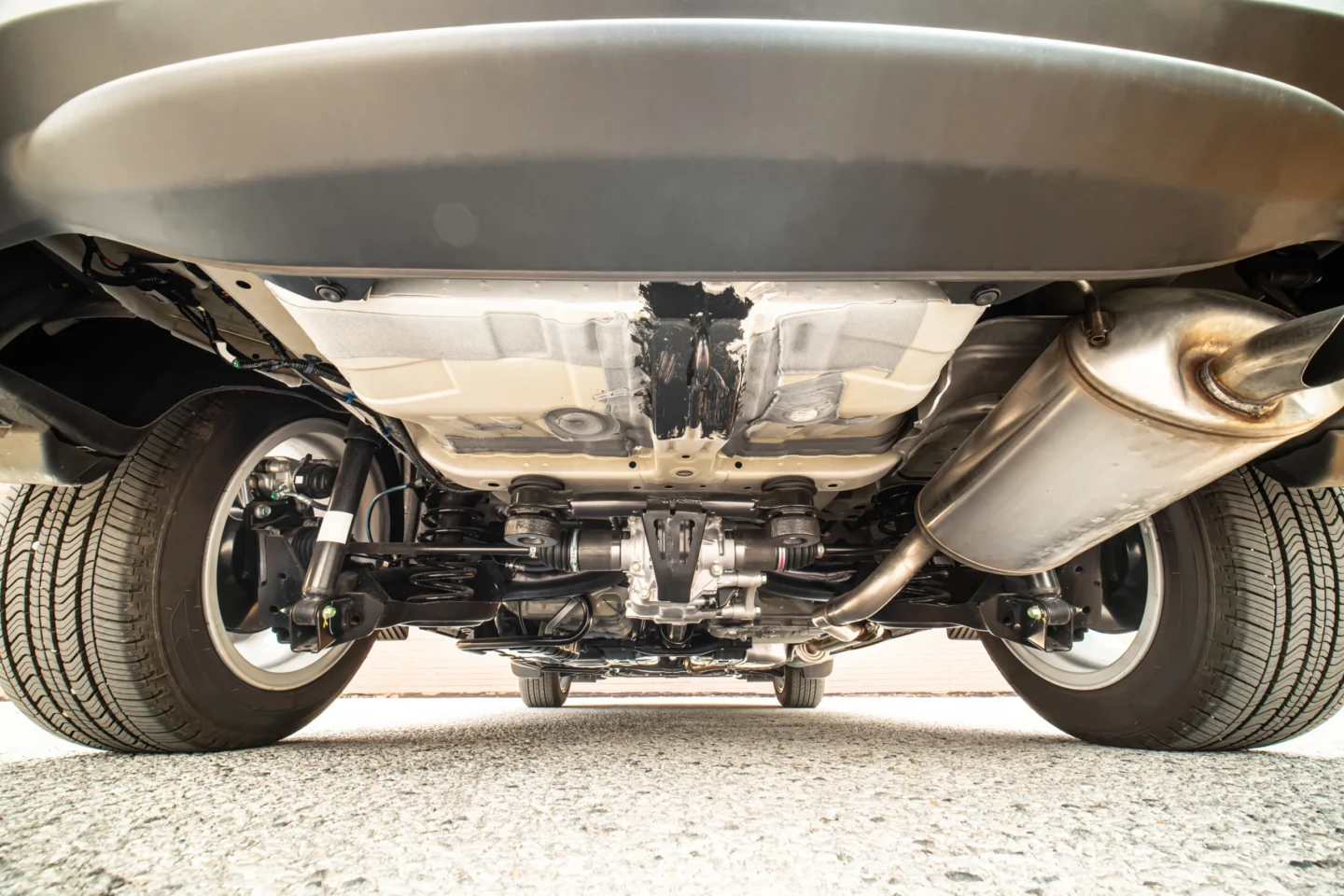Transmission Flush vs Transmission Fluid Change in the Collinsville, IL Area

When handling transmission repair, are you wondering what’s the difference between a transmission flush and a transmission fluid change?
Here at Marshall’s Transmission Service, we specialize in transmission repairs, rebuilding, and preventative maintenance. Most automakers recommend changing your transmission fluid every 30,000 to 60,000 miles. With that being said vehicles used to tow a trailer should have a transmission service every 15,000 miles.
Here’s help to understand the differences between a transmission flush and a transmission fluid change.
What is a Transmission Flush?
Your transmission needs clean, fresh transmission fluid to function properly. Over time your transmission fluid (AFT) will become burnt and contaminated. This makes it less effective and leaving your transmission vulnerable to damage.
When you have a flush done at our shop a specialist will connect your transmission to a flushing machine. On most vehicles, the flush machine connects to the pump intake after the transmission pan and filter are removed.
The transmission flushing machine pushes a transmission cleaning solution through your entire transmission, including the torque converter. This process completely removes all the old fluid along with any metal fragments or contaminants. Once the cleaning fluid runs clear, the technician will install a new transmission pan and AFT filter. Afterward, they will fill your transmission with fresh, OEM-approved transmission fluid.
What is a Transmission Fluid Change?
Transmission fluid change service often called simply transmission service, involves gravity draining of your AFT from your transmission pan and topping up your ATF with fresh fluid. This service also includes removing your old transmission filter and replacing it with a new one, similar to a traditional engine oil change.
Because changing your transmission fluid leaves some of the old fluid in your vehicle, some transmission technicians may repeat the drain-fill process multiple times to dilute the old ATF and increase the overall volume of new AFT in your vehicle.
Most automakers recommend having a transmission fluid change done every 30,000 miles or every 2 years, whichever comes first. Drivers who use their vehicle to tow a trailer or who often drive in hilly or mountainous terrain may need to increase the frequency of this service.
Transmission Flush and Transmission Fluid Change - What's the Difference?
Up to 40% of the transmission fluid is stored inside the torque converter, while the remaining fluid is largely held in the transmission pan. Simply changing your transmission fluid only replaces about 60% of the old transmission fluid since the fluid inside the torque converter won’t drain out.
By comparison, a transmission flush completely removes all of the old transmission fluid from your vehicle, including the fluid in the torque converter.

There are several notable differences between the transmission fluid change and full transmission flush, such as:
- A transmission flush costs more than an ATF change because flushing a transmission takes longer, requires specialized equipment, and includes replacing the transmission oil filter and transmission pan
- A transmission fluid change relies on gravity to drain out the old fluid
- Flushing the transmission pushes cleaning fluid through the entire transmission to clean out all of the old fluid
- A transmission fluid change should be done every 2 years or 30,000 miles.
- A transmission flush is often recommended every 3 years or 45,000 miles
Dealing with Transmission Repair, Do You Need a Transmission Flush or a Transmission Fluid Change?
Whether you need a fluid change or a flush depends on many different things. The age of your vehicle, how many miles you drive each year, and the service schedule set out by the manufacturer.
Other factors to consider are the condition of your ATF, and if you’ve noticed any ATF leaks or issues with your transmission such as strange noises, slipping gears, surging, or stalling when you shift into a drive gear. Although a transmission flush can’t repair mechanical problems with your gears, it can improve on-road performance and extend the life of your vehicle.
Is It Safe to Flush the Transmission on a High-Mileage Vehicle?
In most cases, it’s always a good idea to perform fluid changes and flushes. The one exception is with high-mileage vehicles that have not had routine AFT flushing done.
Since transmission flushing pushes cleaning fluid through the entire system, there’s a risk of damage to the seals. In these situations, simply having a transmission drain and fill service performed is often recommended.
To learn more about the differences between a transmission flush and transmission fluid change, contact our ASE-certified transmission experts here at Marshall’s Transmission Service in Collinsville, IL.
Sources:
https://www.mistertransmission.com/transmission-flush/
http://knowhow.napaonline.com/what-is-a-transmission-flush-and-why-are-they-necessary/




